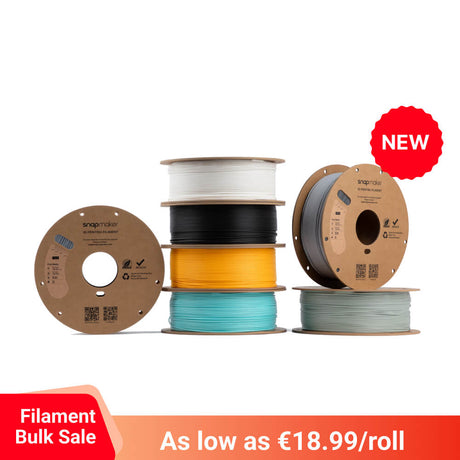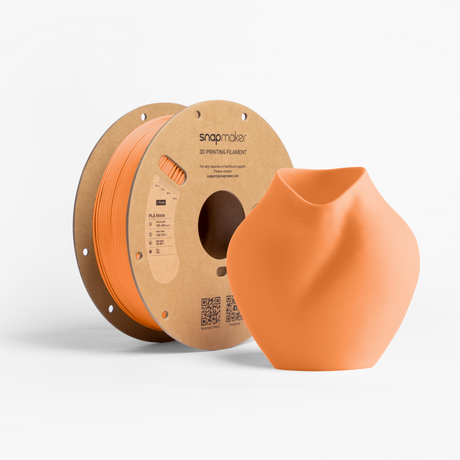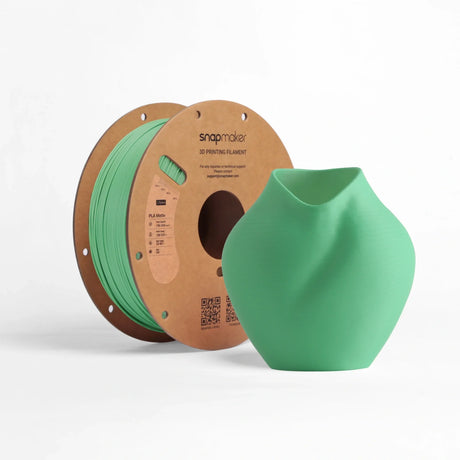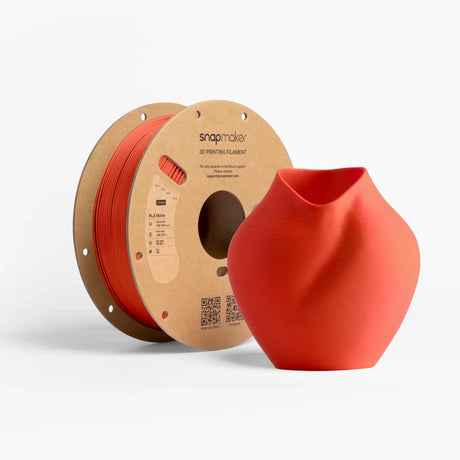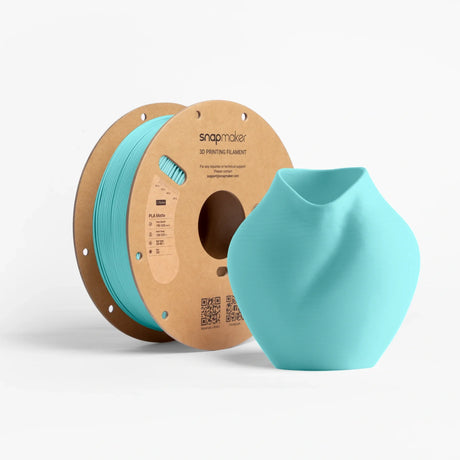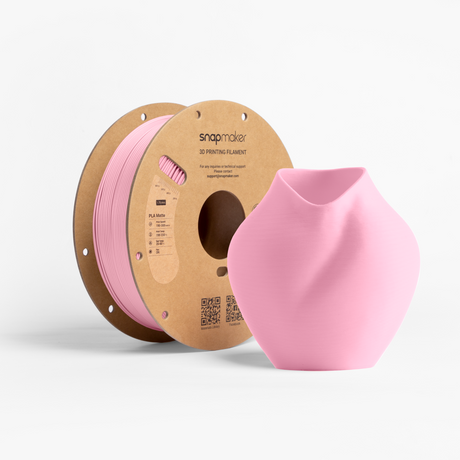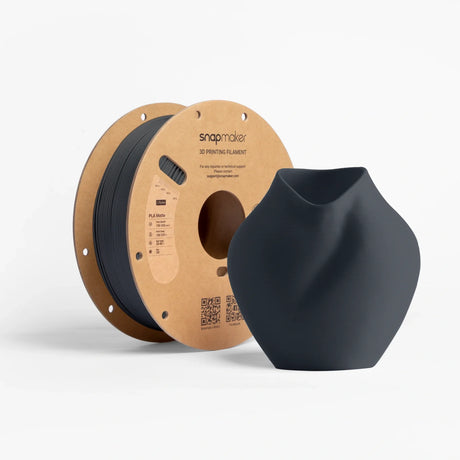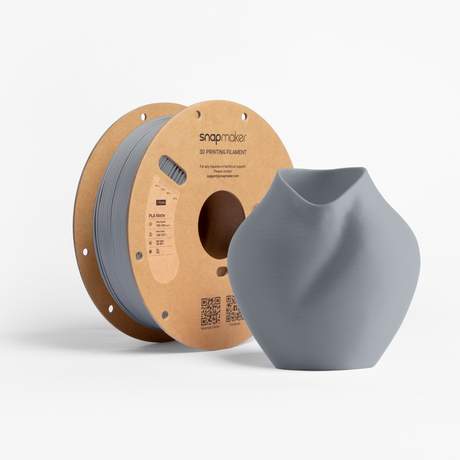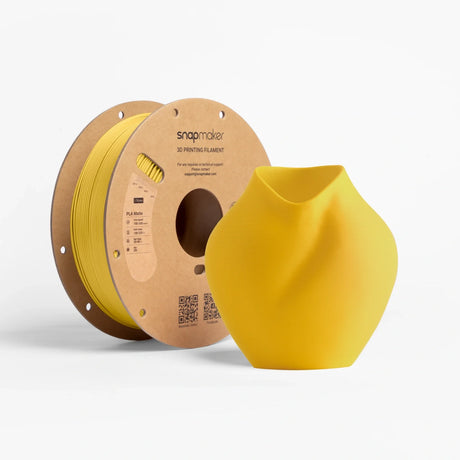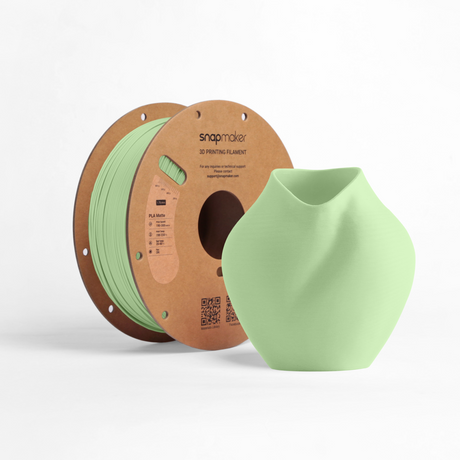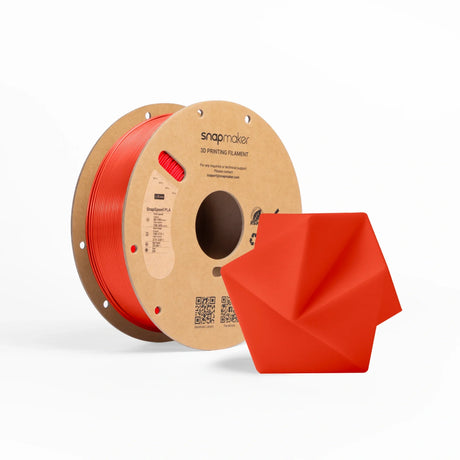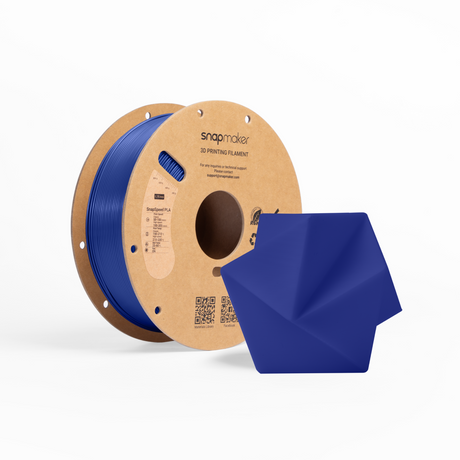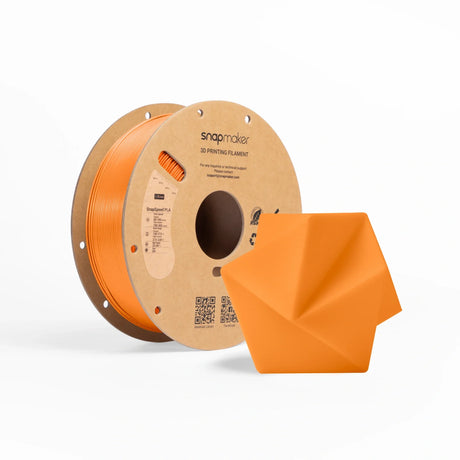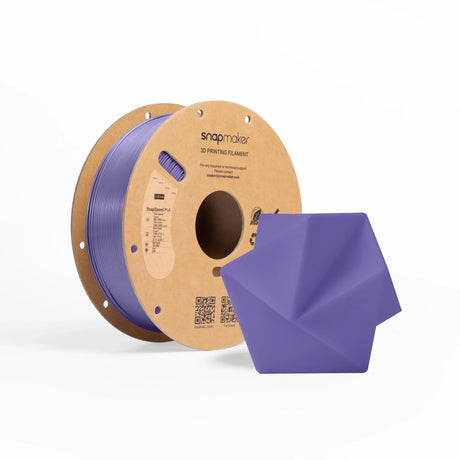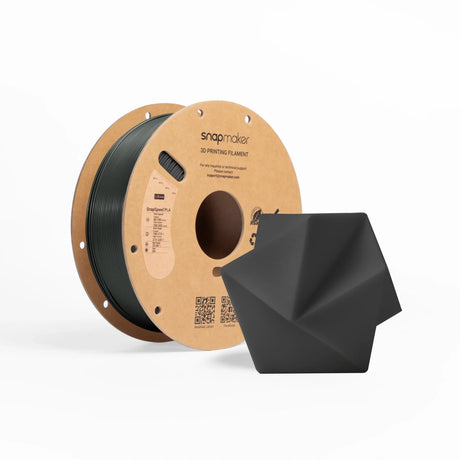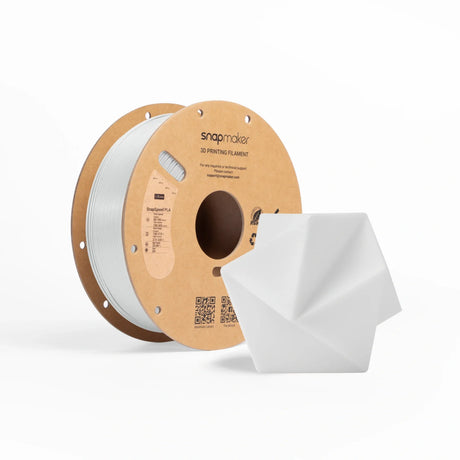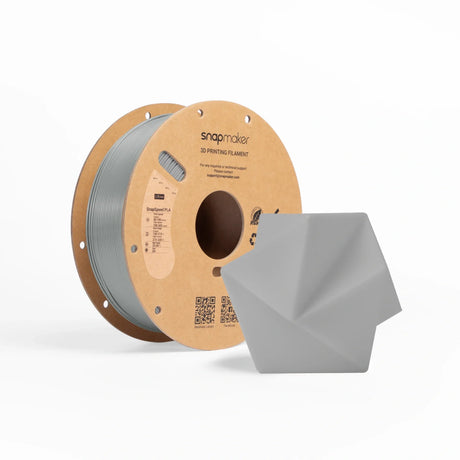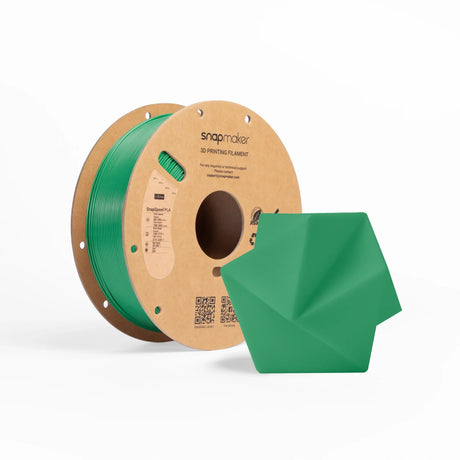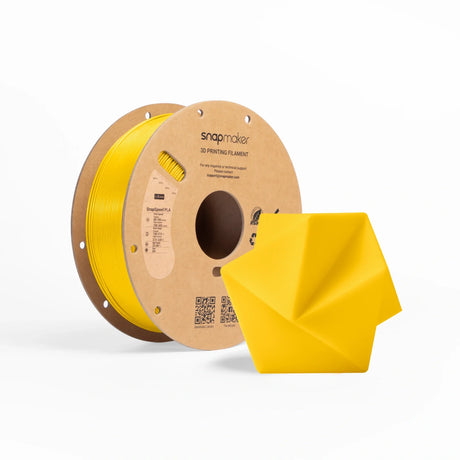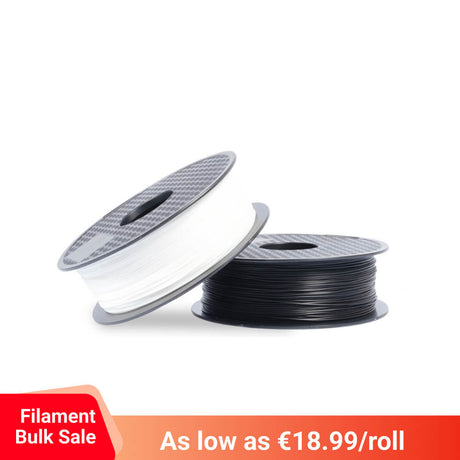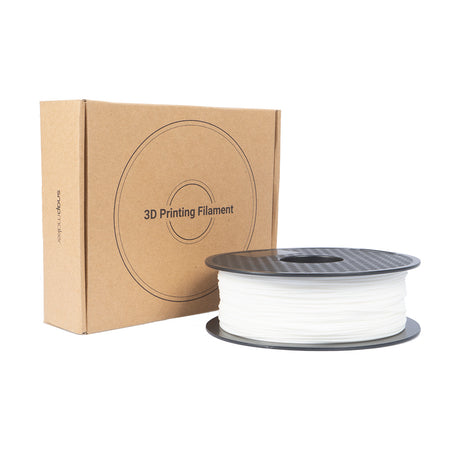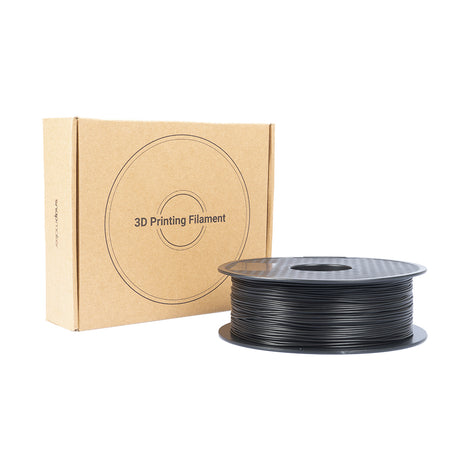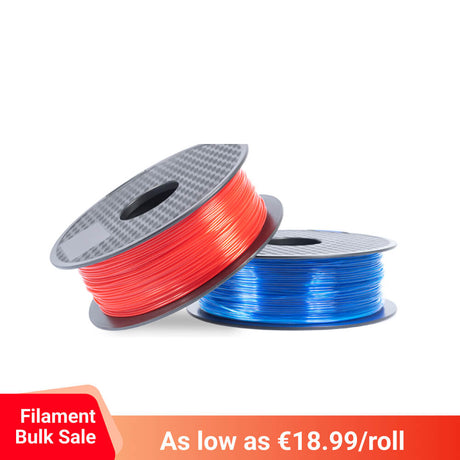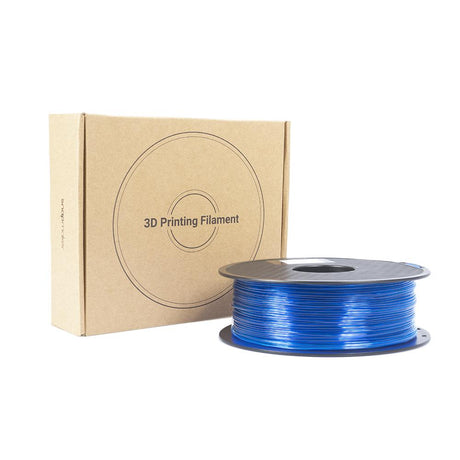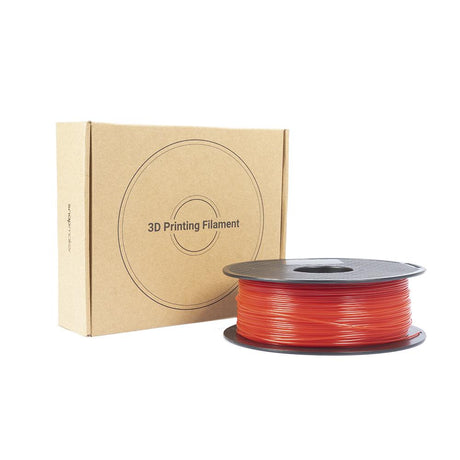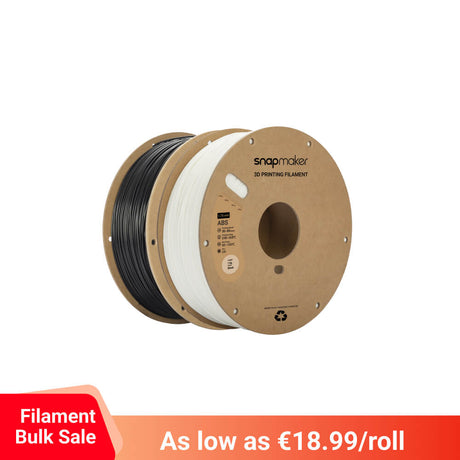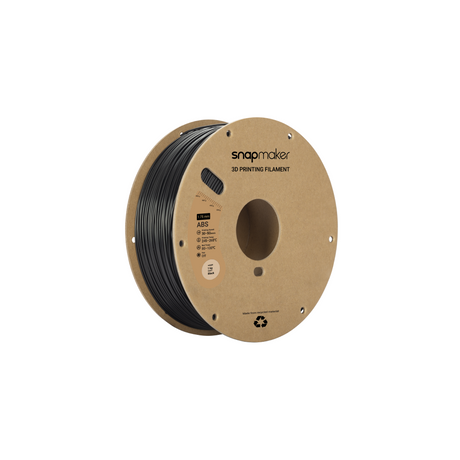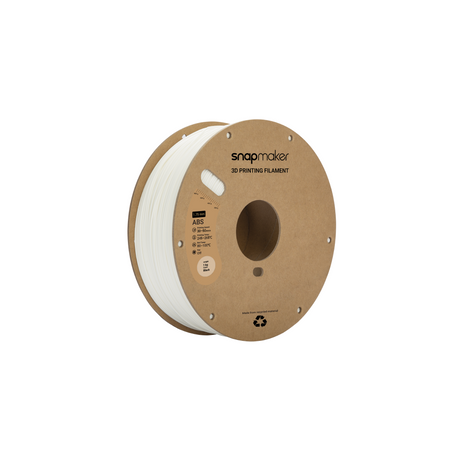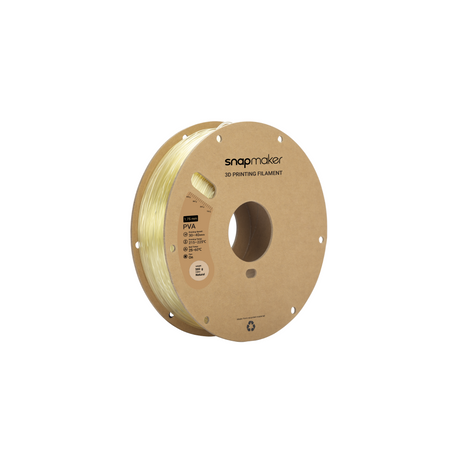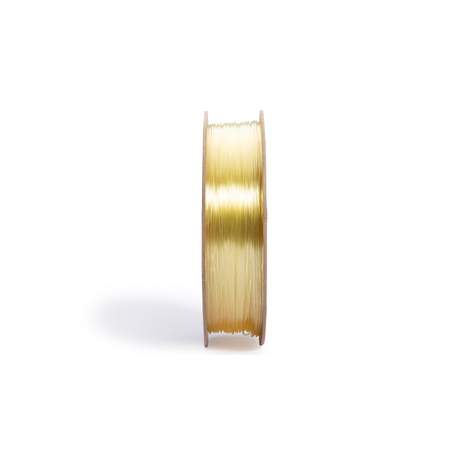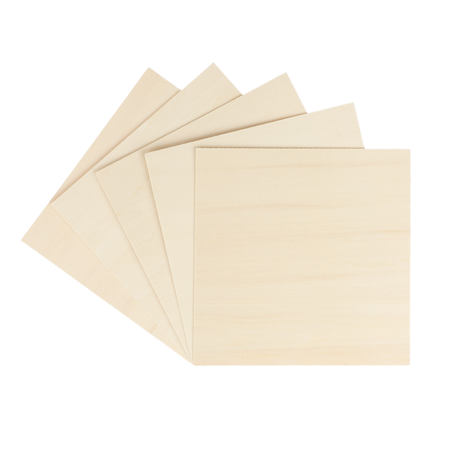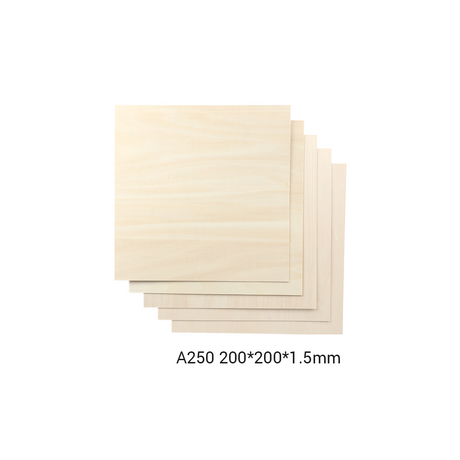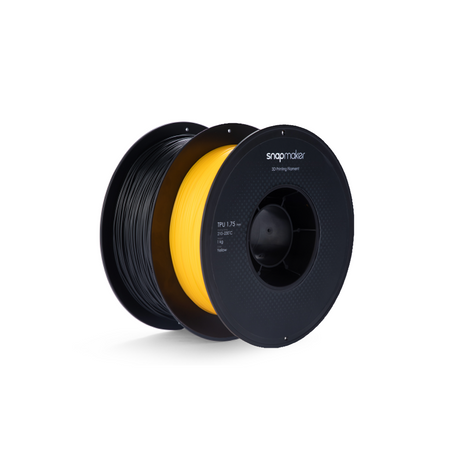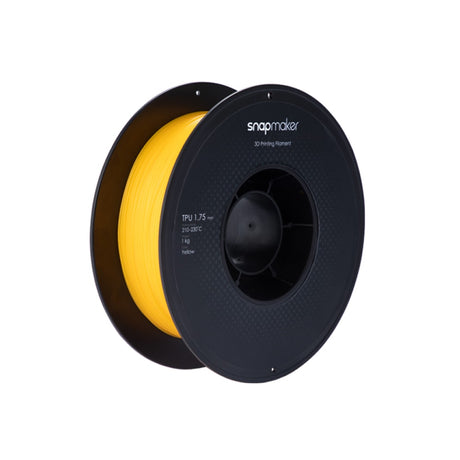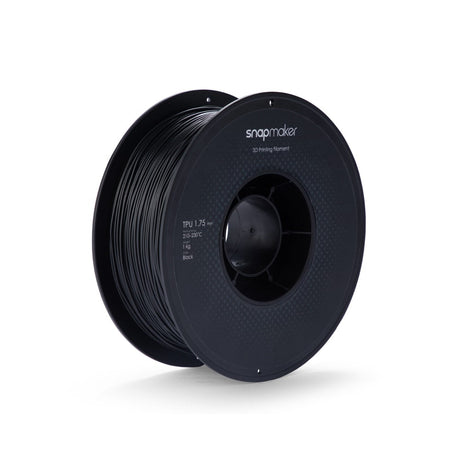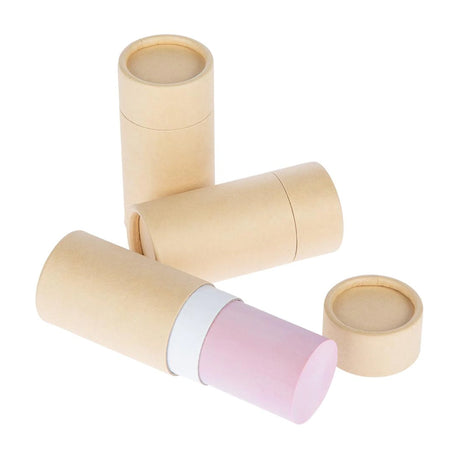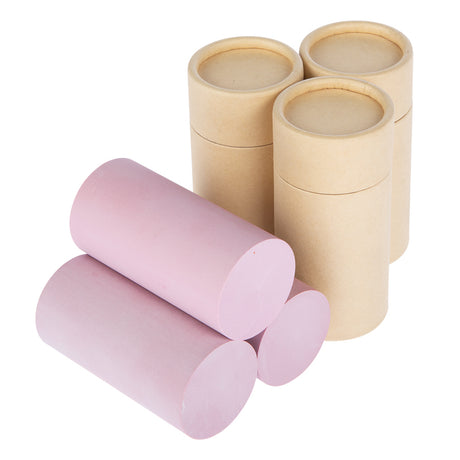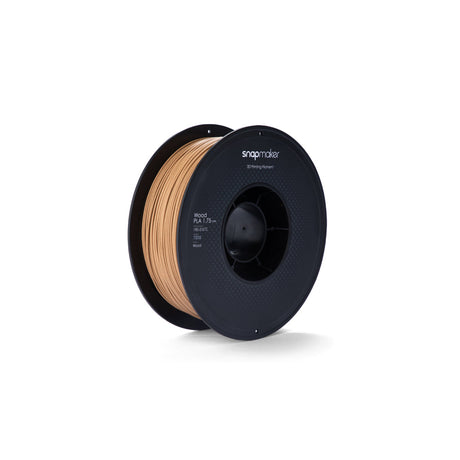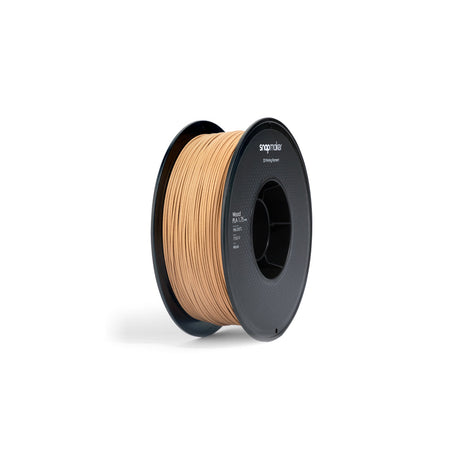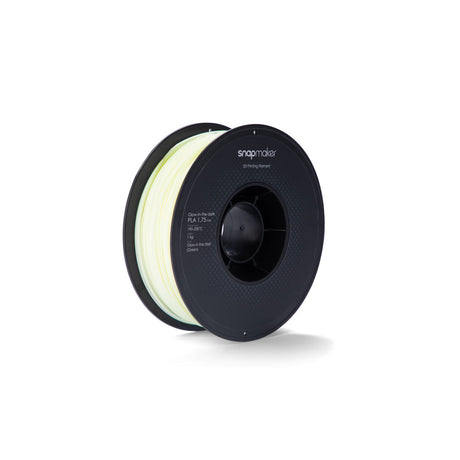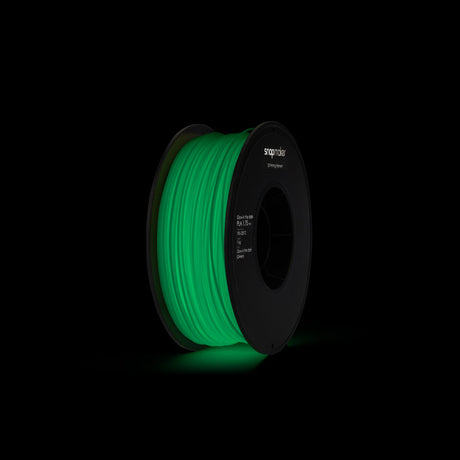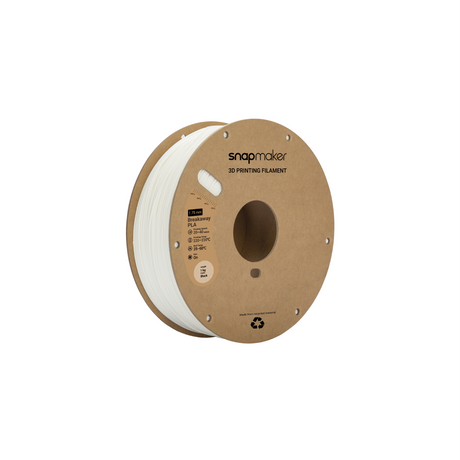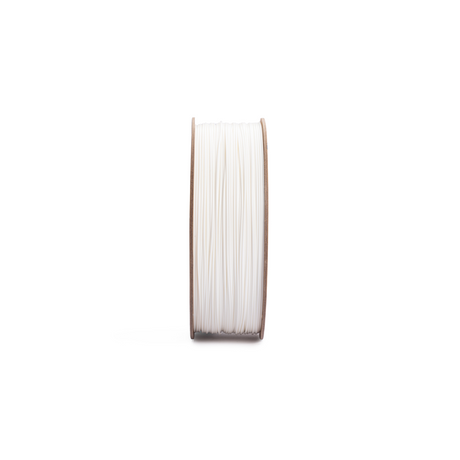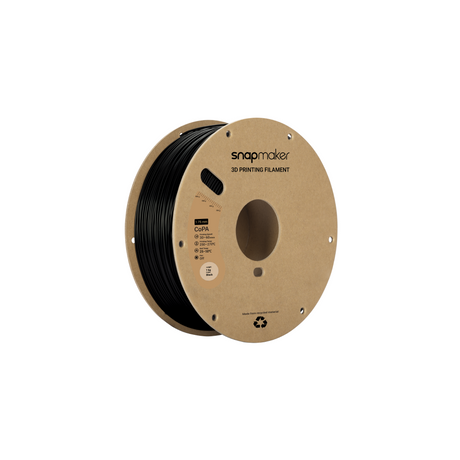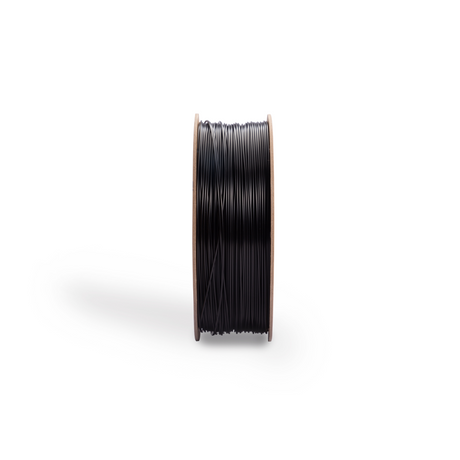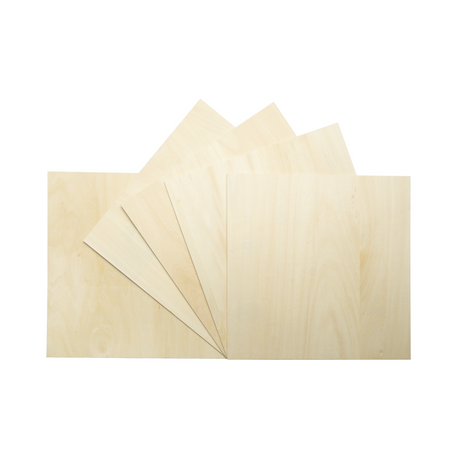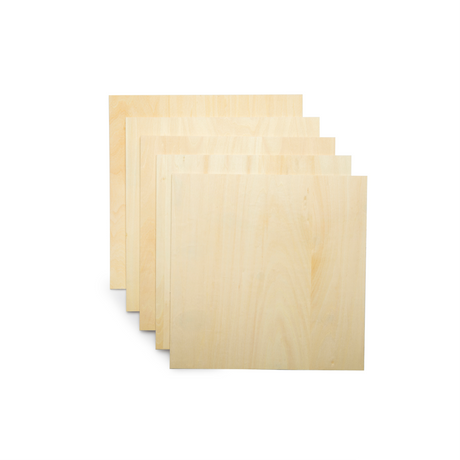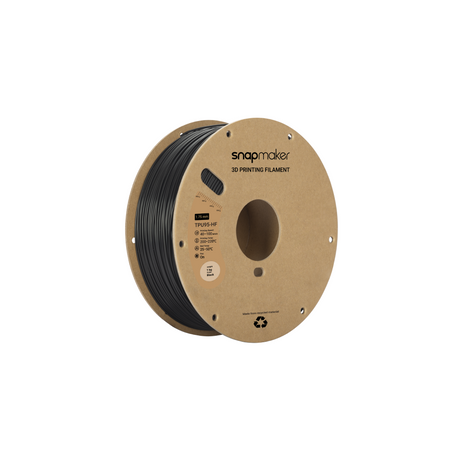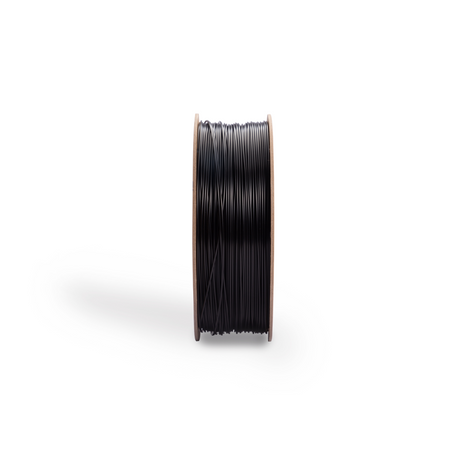FAQs
1. What are the commonly used wood materials for laser engraving and cutting?
Commonly used wood types include:
• Basswood: Softwood with fine grain, good for engraving and cutting.
• Alder: Resinous, provides high contrast for engraving.
• Cherry: Hardwood, smooth for engraving and cutting.
• Plywood: Stable and ideal for laser cutting, but be cautious of glue causing smoke.
• MDF: Smooth and firm, but not ideal for cutting due to resin content.
2. Can I laser cut MDF?
Yes, It has a smooth surface and is designed for both precise cutting and engraving with the Snapmaker Laser Module.
3. Are there any materials I should avoid using with the Snapmaker Laser Module?
Avoid using materials that are highly reflective (except for 304 stainless steel and anodized aluminum) as they can reflect laser light and increase the risk of fire or damage to the laser module. Additionally, do not use flammable, explosive, or toxic materials that could pose a safety hazard or produce hazardous fumes.
4. What materials are compatible with the Snapmaker 2.0 50W CNC Module?
Compatible materials include wood, acrylic, PCB, carbon fiber sheets, and jade etc.
5. Can I use PLA filament for outdoor applications?
No, PLA is biodegradable and not ideal for outdoor use due to:
• UV Degradation: Exposure to sunlight can cause PLA to degrade and lose strength.
• Moisture Absorption: PLA absorbs moisture, leading to brittleness.
For outdoor applications, consider using filaments like ABS or PETG, which offer better UV resistance and durability.
6. How to fix the material to the Rotary Module?
To secure your material:
1. Loosen the 3-jaw chuck: Use two chuck wrenches to turn the chuck counter-clockwise.
2. Insert the material: Place one end of your material into the 3-stepped jaws.
3. Tighten the chuck: Turn the chuck clockwise to firmly hold the material.
Note: Always use two chuck wrenches to adjust the jaws, as they are very sharp.
FAQs
1. What are the commonly used wood materials for laser engraving and cutting?
Commonly used wood types include:
• Basswood: Softwood with fine grain, good for engraving and cutting.
• Alder: Resinous, provides high contrast for engraving.
• Cherry: Hardwood, smooth for engraving and cutting.
• Plywood: Stable and ideal for laser cutting, but be cautious of glue causing smoke.
• MDF: Smooth and firm, but not ideal for cutting due to resin content.
2. Can I laser cut MDF?
Yes, It has a smooth surface and is designed for both precise cutting and engraving with the Snapmaker Laser Module.
3. Are there any materials I should avoid using with the Snapmaker Laser Module?
Avoid using materials that are highly reflective (except for 304 stainless steel and anodized aluminum) as they can reflect laser light and increase the risk of fire or damage to the laser module. Additionally, do not use flammable, explosive, or toxic materials that could pose a safety hazard or produce hazardous fumes.
4. What materials are compatible with the Snapmaker 2.0 50W CNC Module?
Compatible materials include wood, acrylic, PCB, carbon fiber sheets, and jade etc.
5. Can I use PLA filament for outdoor applications?
No, PLA is biodegradable and not ideal for outdoor use due to:
• UV Degradation: Exposure to sunlight can cause PLA to degrade and lose strength.
• Moisture Absorption: PLA absorbs moisture, leading to brittleness.
For outdoor applications, consider using filaments like ABS or PETG, which offer better UV resistance and durability.
6. How to fix the material to the Rotary Module?
To secure your material:
1. Loosen the 3-jaw chuck: Use two chuck wrenches to turn the chuck counter-clockwise.
2. Insert the material: Place one end of your material into the 3-stepped jaws.
3. Tighten the chuck: Turn the chuck clockwise to firmly hold the material.
Note: Always use two chuck wrenches to adjust the jaws, as they are very sharp.
